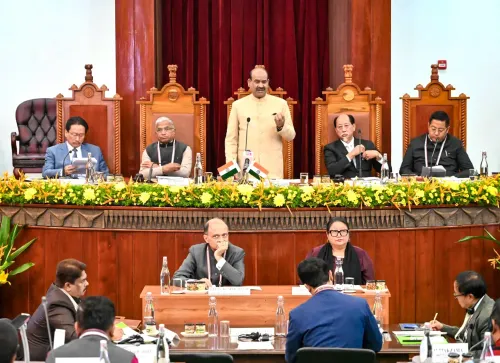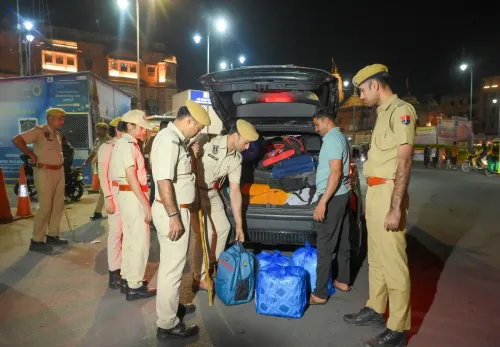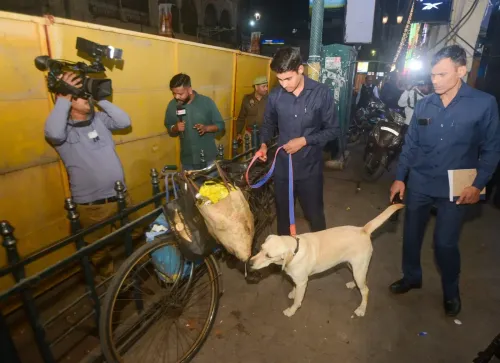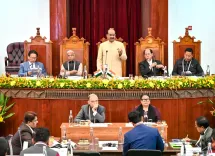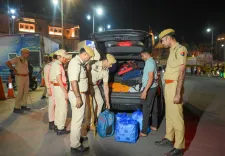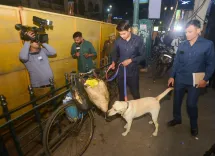What Insights Did Arunachal Minister Gain from Tehri Dam Visit?

Synopsis
Key Takeaways
- Minister Pul's visit to Tehri Dam focused on R&R policies.
- Insights gained are intended to guide the Kalai-II Hydro Electric Project.
- Emphasis on balancing hydropower development with community welfare.
- Tehri Dam is recognized for its extensive rehabilitation efforts.
- Community voices are essential in shaping development policies.
Itanagar, Nov 10 (NationPress) To promote a more humane and inclusive approach to hydropower development, Arunachal Pradesh Women and Child Development Minister Dasanglu Pul visited the Tehri Dam in Uttarakhand on Monday to gather firsthand insights into the Rehabilitation and Resettlement (R&R) policy that was implemented during its construction.
A senior official mentioned that the visit aimed to examine best practices for the forthcoming 1,200 MW Kalai-II Hydro Electric Project in Anjaw district of Arunachal Pradesh. Minister Pul interacted with senior officials from THDC India Ltd, headed by chief technology officer L. P. Joshi.
Alongside Minister Pul were senior officials from THDC India Ltd, a joint venture of the Government of India and Uttar Pradesh government, including General Manager Vijai Sehgal, Deputy GMs Mohan Singh Sirswal, Ganesh Bhatt, and Nand Kishore, as well as representatives from the Tehri district administration.
Minister Pul stated that the visit offered valuable exposure to land acquisition protocols, livelihood restoration initiatives, and socio-economic rehabilitation strategies executed at Tehri, recognized as one of India’s tallest and most sophisticated hydropower projects.
“Insights gained from Tehri will be vital in formulating a socially responsible and sustainable Relief and Rehabilitation roadmap for the Kalai-II project,” she remarked.
The Tehri Dam, a 260.5-meter-high rock and earth-fill structure on the Bhagirathi River, generates over 1,000 MW of electricity and is celebrated as an engineering marvel.
This project, carried out by THDC India Ltd, has received accolades for its extensive resettlement and rehabilitation initiatives.
Pul stressed that the growth of hydropower in Arunachal must align with community welfare and cultural sensitivity.
“Development cannot come at the expense of people’s livelihoods. Our objective is to harmonize progress with compassion,” she asserted.
The Kalai-II Hydro Electric Project, planned on the Lohit River, is projected to cost around Rs 14,000 crore.
Recently, during a public hearing organized by the Arunachal Pradesh State Pollution Control Board, over 350 villagers from 33 settlements voiced the need for a robust Relief and Rehabilitation plan along with transparent compensation practices.
Minister Pul’s visit signifies a pivotal step in aligning Arunachal Pradesh’s ambitious hydropower objectives with sustainable and community-centered development practices, according to the official.


